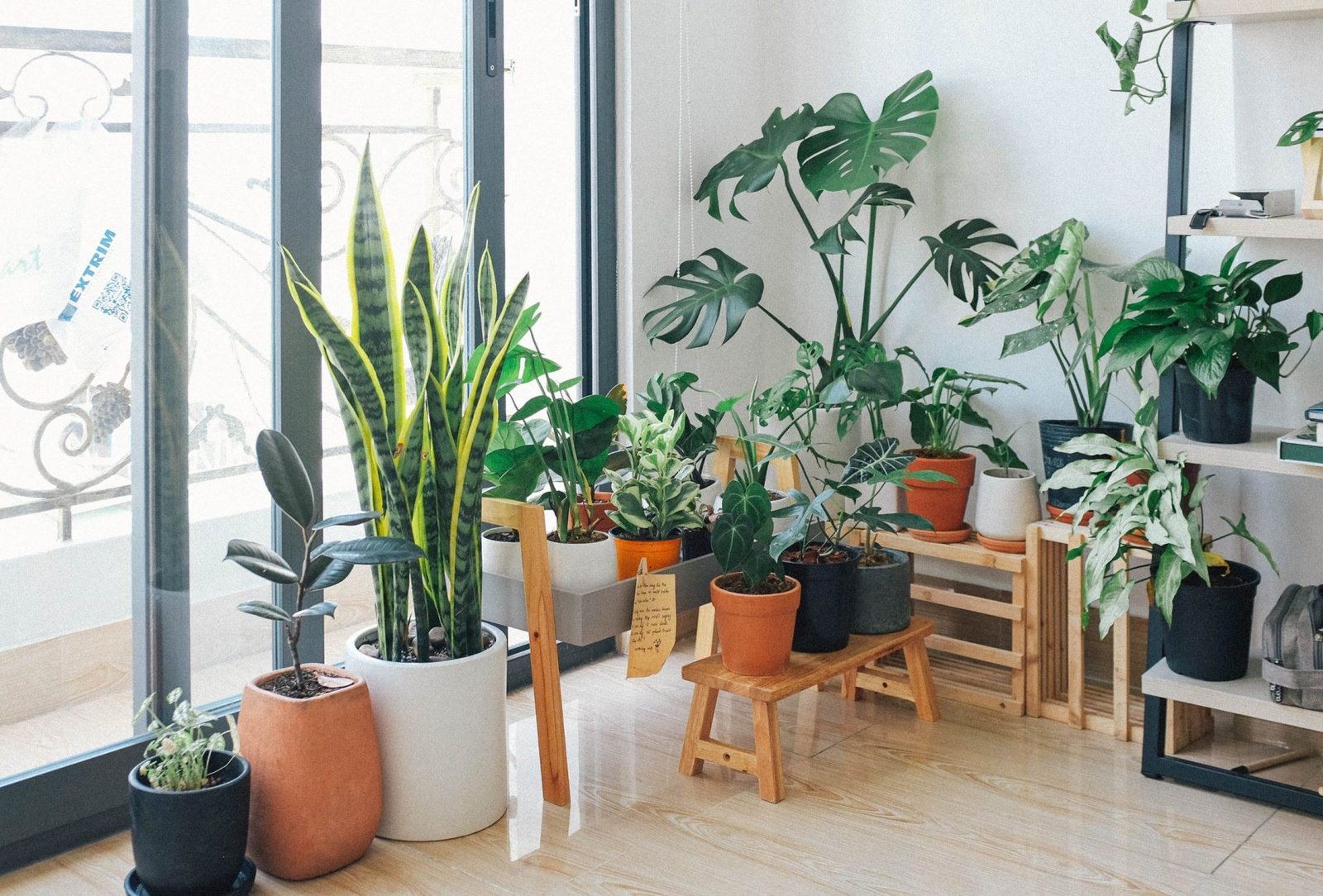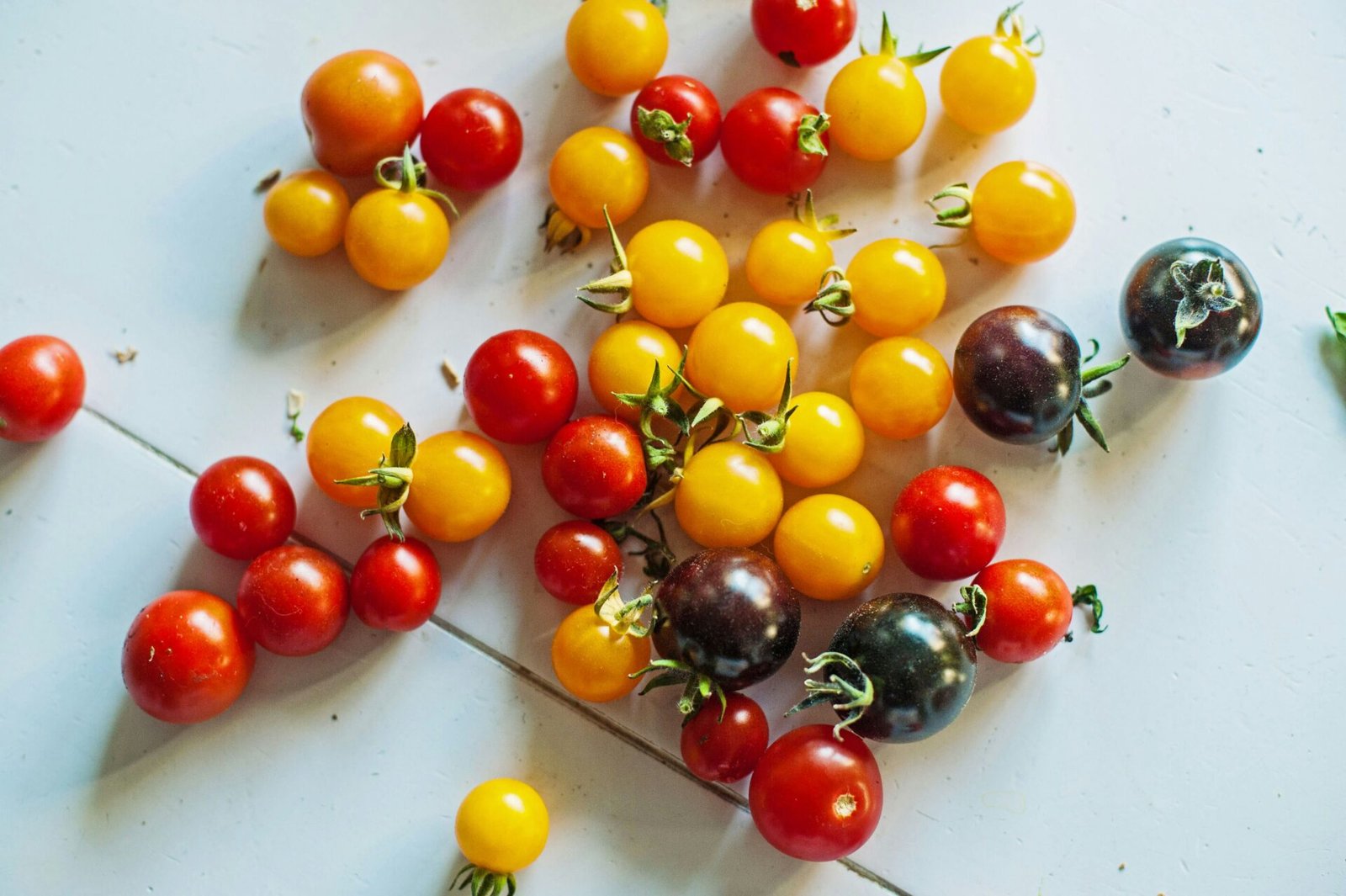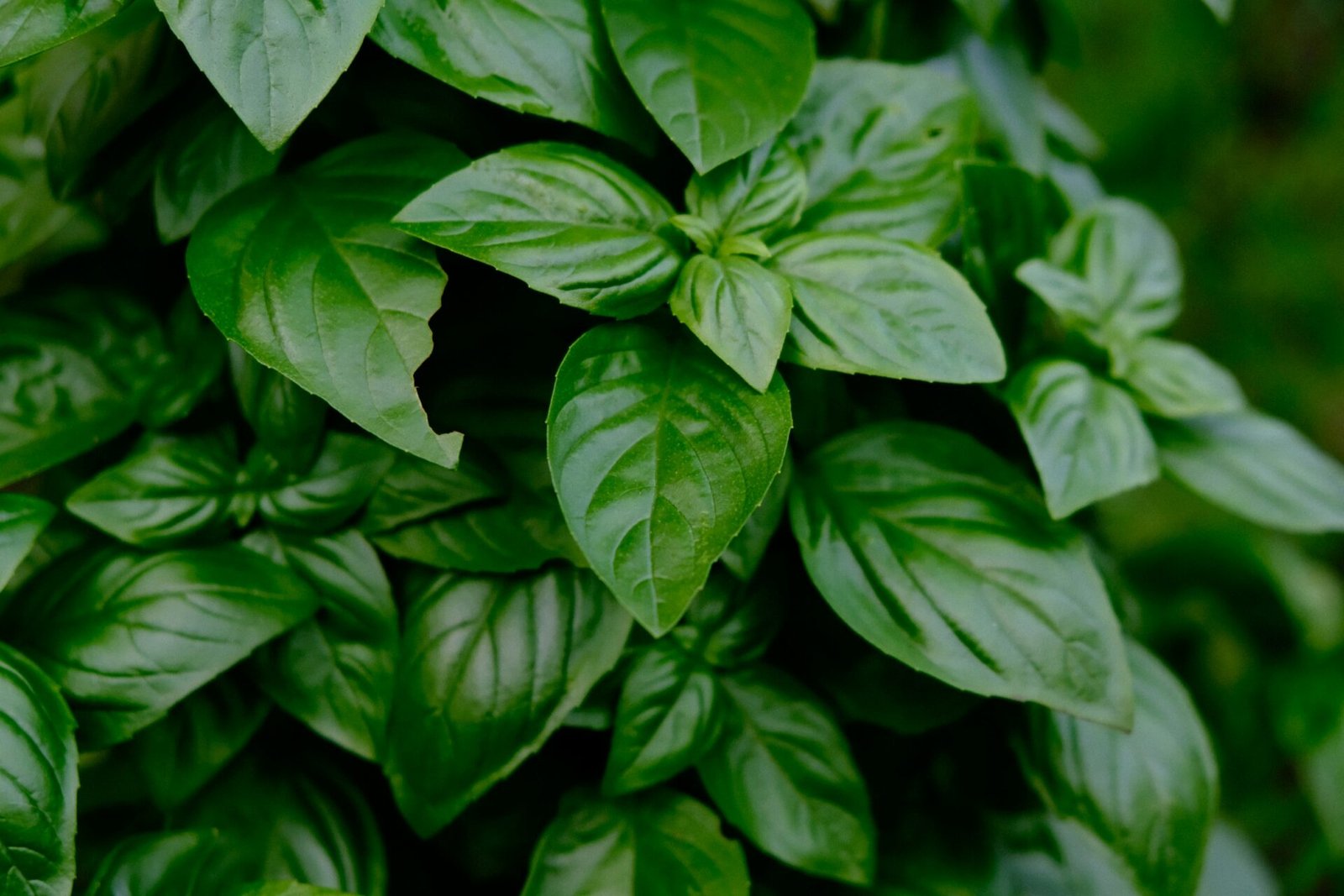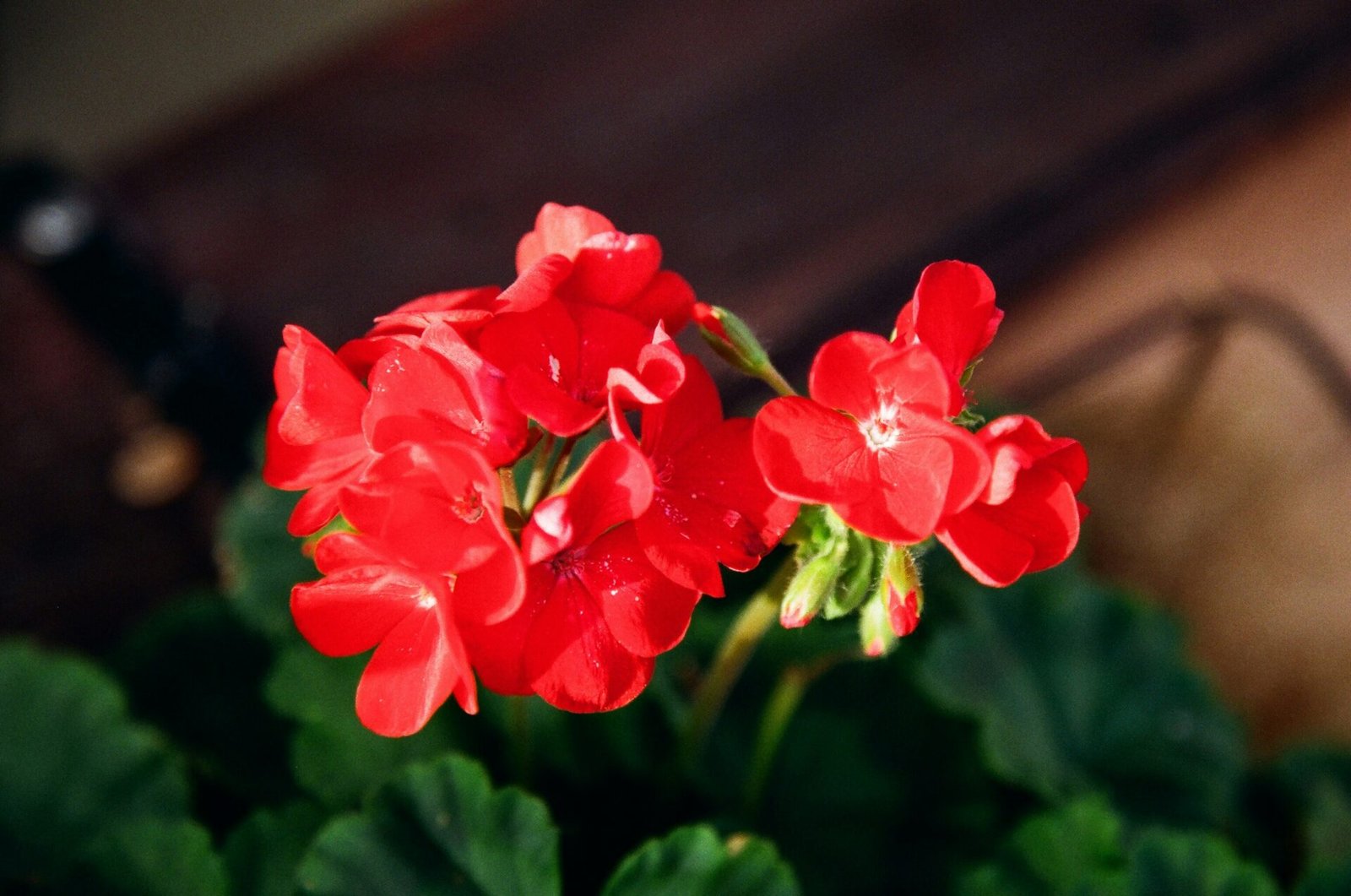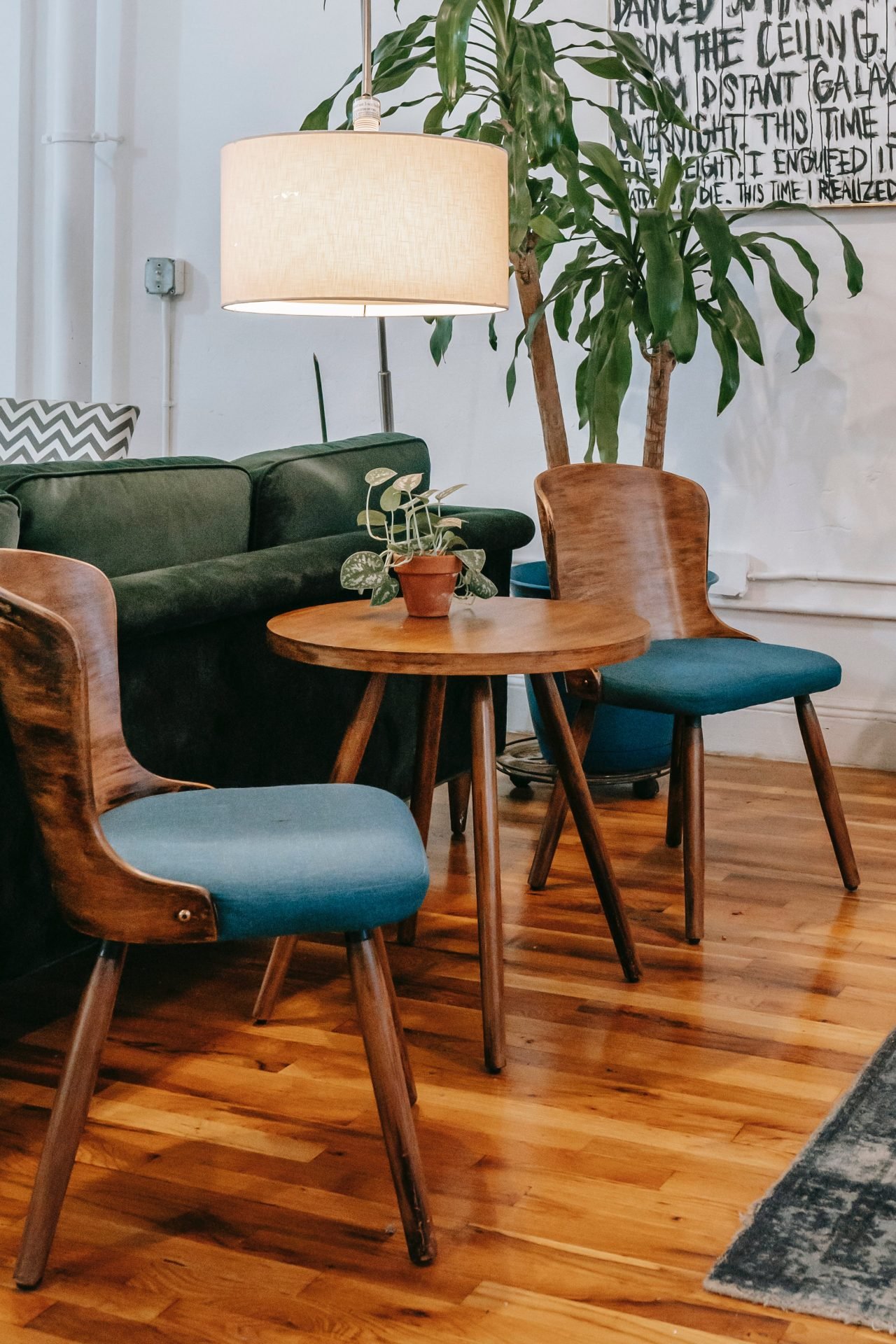I’ve always believed that a touch of green can transform any space into a serene sanctuary. That’s why I’m passionate about bringing the outside in, with a variety of indoor plants that not only beautify my home but also purify the air. But let’s be real: keeping these leafy friends thriving takes more than just good intentions.
Over the years, I’ve learned that each plant has its own personality and preferences. Some crave the sun’s warm embrace, while others flourish in the cool shade. I’ll share the essentials of indoor plant care, from the right way to water to the secret of selecting the perfect potting mix. Whether you’re a seasoned green thumb or a budding plant parent, these tips will help your indoor garden grow.
Understanding the Needs of Your Indoor Plants
When I first started bringing greenery into my home, I quickly learned that each plant species comes with its own set of needs. Light, water, and nutrition are the cornerstones of thriving houseplants, but the specifics can vastly differ.
For example, plants like succulents and cacti revel in bright, direct sunlight and infrequent watering, while species such as ferns need steady moisture and prefer indirect light. It’s essential to do your homework on each type of plant you introduce into your home. Most plants have a tag when purchased that outlines their basic requirements. Keep that information handy as you establish a care routine. Here are some general guidelines that help me keep my plants healthy:
- Light: Most indoor plants require bright, indirect light. Rotate your plants regularly to ensure even growth on all sides.
- Water: Overwatering is a common mistake. Wait until the top inch of soil is dry before giving your plants a drink.
- Soil: A high-quality potting mix is key. The right soil promotes adequate drainage and nutrient absorption.
- Temperature and Humidity: Stability is important. Extreme temperature changes can stress plants out.
Beyond these basics, there are a couple of advanced considerations to keep in mind:
- Fertilizing: Even the best soil loses nutrients over time. Replenish these with a quality fertilizer specific to your plants’ needs.
- Pruning: Regularly removing dead leaves and stems encourages new growth and keeps plants looking their best.
And let’s not forget the everyday observations that can signal your plant’s health. Changes in color or texture can indicate issues long before they become serious problems. These visual cues are your first line of defense in plant care and shouldn’t be ignored.
Remember, getting to know the unique preferences of your indoor greenery isn’t just about maintenance—it’s about building a connection with the living decorations that make your house a home. They rely on you just as much as you enjoy their presence. Keep an eye on them and adjust your care as needed.
With these insights, you’ll become adept at understanding and catering to the needs of your indoor plants, ensuring that they not only survive but thrive under your care.
How to Choose the Right Indoor Plants for Your Home
Selecting the right indoor plants for your home isn’t just about aesthetics; it’s essential for their survival and your satisfaction. I’ve learned that space and light availability are critical factors. For instance, if you’re working with limited space, opt for small succulents or air plants. On the other hand, larger spaces like living rooms might accommodate tall fiddle leaf figs or even indoor trees.
Before choosing, evaluate the light conditions in your home. Different plants have varying light requirements:
- Low light: Snake plants and peace lilies
- Medium light: Philodendrons and spider plants
- Bright light: Succulents and cacti
It’s important to note that “low light” doesn’t mean “no light.” All plants need some level of natural light to thrive. I make sure to check the plant tags or do a quick online search to confirm that my choice aligns with my home’s conditions.
Another consideration is the care commitment. Are you looking for something low-maintenance, or do you enjoy the process of caring for your plants? If you’re new to indoor gardening or have a busy schedule, consider beginner-friendly plants like ZZ plants or pothos that are forgiving and easy to care for.
Besides these factors, think about the impact of pets or children in your home. Some plants can be toxic when ingested, so safety always comes first. I always verify if a plant is pet and child-friendly before bringing it into my home.
Lastly, don’t forget about humidity and temperature preferences of different plants. Homes with dry air might not be the best environment for tropical plants that require high humidity unless you’re willing to use a humidifier.
Researching and cross-referencing these details ensures that I bring home a plant that’s not only beautiful to look at but will also flourish in my indoor environment. When chosen wisely, indoor plants can be a rewarding addition to any home, purify the air, and provide the satisfaction of nurturing life.
The Importance of Proper Watering Techniques
Proper watering is the lifeblood of indoor plants. It’s all about balance; too little water and plants wilt, too much and roots can rot. I’ve found through my experience that understanding the unique watering needs of each plant type is essential. Some plants thrive on minimal water, their roots storing reserves, while others need consistent moisture to flourish.
Overwatering is a common mistake many beginners make. It’s easy to think plants need water as frequently as we need drinks, but that’s not the case. In fact, overwatering can be just as damaging as drought. The key signs of overwatering include yellowing leaves, a musky smell, or visible mold. Conversely, when under-watered, plants’ leaves turn brown and crispy.
To water plants effectively, I recommend you use a schedule based on the plant’s specific needs. However, don’t stick rigidly to a timetable; instead, feel the soil. The top inch should be dry before you water again. For most plants, this method works wonders. Additionally, consider the pot size and drainage, ensuring excess water isn’t trapped around the roots.
For those looking for a more technical approach, consider moisture meters. These nifty gadgets provide a direct reading of the soil’s moisture level, taking the guesswork out of the equation. However, don’t rely solely on technology; use your senses too. Look at the plant, feel the soil, and judge the container weight.
Here are a few tips for best watering practices:
- Water in the morning to allow plants time to absorb moisture before the cooler evening.
- Use room temperature water to prevent root shock.
- Water thoroughly, allowing it to reach the root zone. Often, a slow and steady watering is best.
- During the growth season, plants typically require more water than during dormancy.
Remember, the goal is to mimic a plant’s natural habitat. For tropical plants that are used to damp environments, humidity trays or regular misting can supplement watering routines. Similarly, plants native to arid regions may benefit from less frequent, but deeper watering sessions.
Providing Adequate Sunlight for Your Indoor Plants
Sunlight is the lifeblood of all plants. Indoor plants have diverse needs, and understanding these needs is critical for healthy growth. I’ve found that the right amount of light can make or break your plant’s health, and here’s how to get it just right.
Know Your Plant’s Light Requirements
First, it’s essential to recognize that not all plants bask in the glory of direct sunlight. Some flourish in low-light conditions. It’s my routine to look up the specific light requirements for each species. High-light plants typically need at least six hours of direct sunlight daily, whereas low-light plants will thrive with less intense, indirect light.
Assess Your Indoor Lighting Conditions
To match my plants with their ideal spots at home, I assess the light intensity in different areas throughout the day. This involves monitoring which windows receive strong sunlight and when, as South-facing windows will offer the most light. I use sheer curtains to diffuse direct sunlight for plants that prefer more moderate light exposure.
Use Artificial Light When Necessary
There might be situations where natural light just isn’t enough. For these cases, I turn to artificial grow lights. These lights come in various spectrums and intensities suitable for different growth stages. They’re a godsend during the winter months when daylight hours are scarce. Here’s the kicker: grow lights should be placed about 12 inches away from your plants to mimic natural sunlight and prevent overheating.
Adjust for Seasons and Plant Growth
As the seasons change, so does the quality of light in my home. I adjust the position of my plants to accommodate these changes, moving them closer to or further from windows as necessary. Additionally, as plants grow, their light needs may change. It’s crucial to keep an eye on your plants’ growth and adjust their light source accordingly; otherwise, you might find them straining toward the light or becoming leggy.
Remember, providing the right light conditions isn’t just about the health of your indoor plants—it’s about allowing them to thrive. By understanding and adjusting to your plants’ unique light requirements, you’re setting the stage for a verdant indoor oasis.
Selecting the Perfect Potting Mix for Optimal Plant Growth
Choosing the right potting mix is as critical as ensuring the appropriate light for my indoor plants. Every species of plant has specific soil preferences that foster healthy roots and vibrant growth. I’ve learned that well-draining and nutrient-rich substrates are essential across the board, but there’s more nuance to it than that.
There are several types of potting mix available, each formulated for different plant needs:
- All-purpose potting soil is great for a variety of houseplants
- Orchid mixes cater to the unique requirements of orchids, with added bark and charcoal
- Cactus and succulent mixes have superior drainage, perfect for plants that don’t like wet feet
- African violet mixes are designed to hold more moisture and provide a finer texture
The components of potting mixes play a key role in the health of my plants. Peat moss, for its water retention qualities, vermiculite or perlite for aeration, and composted bark for drainage and texture are commonly used. I make sure to incorporate any additional amendments like coco coir or worm castings to enhance the mix’s properties.
I also consider the pH level of the potting mix as it can impact nutrient uptake. Most houseplants prefer a pH between 6 and 7. When in doubt, I’ll opt for a balanced mix or adjust the pH with additives tailored to the plants I’m growing.
Finally, it’s important not to overlook the freshness of the potting mix. I’ve found that using a stale or contaminated mix can introduce diseases to my indoor garden. Therefore, I always use fresh potting mix or sterilize old mix before reuse.
Remembering that a thriving indoor plant starts with the roots, choosing and customizing the potting mix is a step I never skip. After all, the foundation of any healthy plant lies beneath the soil’s surface.
Conclusion
Caring for indoor plants is both an art and a science. I’ve shared the essentials to help you create a lush indoor oasis that’s as robust as it is beautiful. Remember, the right potting mix can make all the difference. It’s the foundation of your plant’s health, so don’t overlook its importance. With the right care and attention to detail, you’ll watch your green friends flourish. Keep nurturing your indoor garden and it’ll reward you with growth, purification, and a touch of nature’s serenity right in your own home. Happy planting!

